- Video: Dermatologist Talks Rosacea: Triggers, Treatments, and Derm-Approved Skin Care
- Reason for appearance
- Video: Rosacea, Causes, Signs and Symptoms, Diagnosis and Treatment.
- Methods of treatment
- Video: Shop With Me: 3 Drugstore Rosacea Must Haves! | The Budget Dermatologist
- Folk remedies
- Video: Why Does Everyone Get Rosacea Wrong? What It Is and How to Treat It
- Rate the author (3)
- Comments (2)
Acne rosacea is a skin condition that appears as red, inflamed pimples or rashes on the face. Although the exact causes of rosacea are unknown, it is believed that it may be due to changes in hormone levels, stress, weather changes, or certain foods.
If youre dealing with rosacea, here are a few things that can help you deal with it:
- Make sure you use the right skin care products that wont irritate your skin. Avoid harsh cleansers that can aggravate the condition of the skin.
- Avoid touching, squeezing, or scratching the blackheads, as this can lead to more inflammation and scarring.
- Avoid alcohol, spicy, fatty and sugary foods, and foods that can cause an allergic reaction.
- Drink enough water to keep your skin hydrated.
- Try using natural skin care products such as cucumber, aloe vera or green tea masks.
- If rosacea becomes a chronic problem, see a dermatologist for advice. In some cases, a doctor may prescribe treatments that include creams, lotions, tablets, or procedures such as laser therapy.
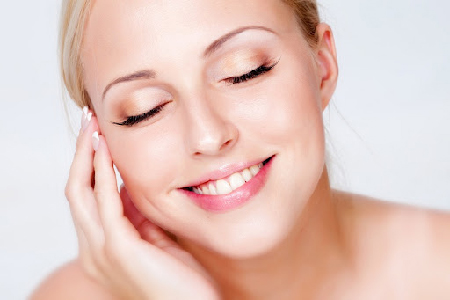
I hope these tips will help you deal with rosacea on your face. But remember that each organism is unique, and what works for one person may not work for another.
So, rosacea on the face - what is it and how to treat it - further in our article.
Video: Dermatologist Talks Rosacea: Triggers, Treatments, and Derm-Approved Skin Care

Reason for appearance
The causes of rosacea on the face of women are not entirely clear, but it is believed that it may be due to various factors, such as changing hormone levels, stress, weather changes, certain foods, and other factors.
- Changes in hormone levels: Rosacea may be associated with changes in hormone levels such as estrogen and testosterone. This can happen during menstruation, pregnancy, lactation or during the use of hormonal drugs.
- Stress: Stress is one of the main factors that can lead to rosacea. Stress can cause changes in hormone levels, increased activity of the sebaceous glands, and impaired immunity.
- Weather changes: Weather changes, especially the transition from cold to warm seasons, can cause rosacea. This is due to increased sweating and the activity of the sebaceous glands.
- Foods: Some foods, such as spicy and fatty foods, can cause rosacea in some people.
- Genetic predisposition: Some people may be genetically predisposed to acne rosacea.
- Some medical conditions: Rosacea may be associated with some medical conditions, such as rosacea or dermatitis.
- Some beauty products: Some beauty products, such as creams, lotions, or make-up, can cause skin irritation and acne rosacea.
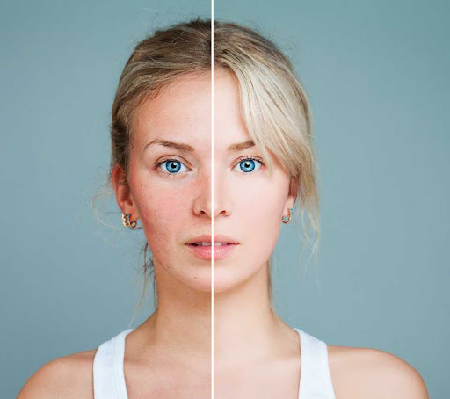
This is not a complete list of causes of rosacea on the face of women, so if you suspect this problem, it is best to consult a dermatologist for advice and treatment.
Video: Rosacea, Causes, Signs and Symptoms, Diagnosis and Treatment.

Methods of treatment
Acne rosacea, or rosacea, is a chronic skin condition that manifests itself as red, inflamed areas on the face, as well as papules and pustules. Women are more likely to suffer from rosacea than men.
There are several ways to treat rosacea:
- Drug treatment. Your doctor may prescribe drugs that help reduce inflammation and redness of the skin, such as metronidazole, azelaic acid, doxycycline, and other antibiotics.
- Laser therapy. Laser treatment can help reduce redness and improve skin texture.
- Avoiding triggers. Rosacea can be aggravated by alcohol, spicy and fatty foods, extreme temperature changes, and stress. Therefore, it is important to avoid these triggers.
- Skin care. It is important to use mild cleansers and moisturizers, and avoid strong mechanical impacts on the skin.
- Beauty treatments. Some treatments, such as microdermabrasion and chemical peels, can help improve skin texture and reduce redness.
It is important to remember that the treatment of rosacea can be lengthy and requires patience and following the doctor's recommendations.
Diet
Rosacea is a chronic skin condition that can manifest as red, inflamed bumps on the face. While the exact causes of rosacea are unknown, several factors can cause symptoms to worsen. Here are some tips that can help reduce the risk of rosacea:
- Avoid spicy and fried foods: Spicy and fried foods can aggravate rosacea symptoms. It is recommended to avoid foods such as hot peppers, onions, garlic, fatty foods and fried foods.
- Drink enough water: Lack of water can lead to dehydration of the skin and worsening rosacea symptoms. It is recommended to drink at least 2 liters of water a day to maintain healthy skin.
- Avoid alcohol: Alcohol can make rosacea symptoms worse. It is recommended to avoid alcoholic beverages or consume them in moderation.
- Use gentle cosmetics: Avoid using harsh cosmetics that can irritate the skin and aggravate the symptoms of rosacea. It is recommended to use mild cosmetics that do not cause irritation.
- Eat healthy: Eat more fruits, vegetables, greens, protein foods like fish, chicken, seafood, eggs, and healthy fats like olive oil, nuts, avocados. They will help the body get the nutrients it needs, which can improve skin health and reduce the risk of flare-ups of rosacea.
- Avoid Stress: Stress can make rosacea symptoms worse. It is recommended to avoid stressful situations and use relaxing methods such as yoga or meditation.
Bad habits
Several bad habits can aggravate rosacea symptoms and contribute to rosacea on the face in women:
- Smoking: Smoking can aggravate rosacea and cause rosacea on the face. Smoking can also impair blood circulation and reduce the amount of oxygen supplied to the skin, which can lead to worsening of symptoms.
- Alcohol use: Drinking alcohol can exacerbate rosacea symptoms and lead to rosacea on the face.
- Eating spicy and fried foods: Spicy and fried foods can exacerbate rosacea symptoms and lead to rosacea on the face.
- Using harsh cosmetics: Using harsh cosmetics can irritate the skin and aggravate the symptoms of rosacea, which can lead to rosacea on the face.
- Stress: Stress can exacerbate rosacea symptoms and lead to rosacea on the face. The reason is that stress can lead to changes in hormone levels in the body, which can worsen the condition of the skin.
- Lack of sleep: Lack of sleep can exacerbate the symptoms of rosacea and lead to rosacea on the face. Lack of sleep can lead to changes in hormone levels in the body, which can worsen skin conditions.
- Poor diet: Poor diet can exacerbate the symptoms of rosacea and lead to rosacea on the face. It is recommended to avoid spicy and fried foods and eat more fruits, vegetables, greens, protein foods, healthy fats and drink more water to maintain healthy skin.
Sunbeams
UV rays can irritate the skin and make it worse, which can lead to acne and other skin problems.
Therefore, if you have these problems, it is recommended to use a sunscreen with a high level of UV protection and avoid prolonged exposure to the sun during periods when the sun's rays are most intense.
It is also recommended to use a hat and sunglasses to protect your face and eyes from sunlight.
Video: Rosacea: Skincare and Treatments That Work! | Dr Sam Bunting

Baths and saunas
High temperatures and steam in the steam room and sauna can irritate the skin and make it worse, which can lead to acne and other skin problems.
In addition, there may be an increased level of humidity in the bath and sauna, which can also lead to acne on the face. If you have these problems, it is recommended to limit your visits to baths and saunas, and use light, natural skin care products, such as masks based on natural ingredients, which will help improve skin condition and prevent acne.
Also, it is recommended to drink enough water to moisturize the skin and avoid alcohol and fatty foods, which can also aggravate the skin condition.
Intestine function
Disordered gut and disrupted microflora can lead to toxins and waste products that can be excreted through the skin, which can cause acne and other skin problems.
To improve bowel function and prevent acne, it is recommended to eat foods rich in fiber, such as fruits, vegetables, greens and cereals. It is also recommended to drink enough water to keep the skin hydrated and improve bowel function.
In addition, it is recommended to avoid foods that can aggravate the skin condition, such as fatty, sugary and spicy foods, as well as reduce alcohol and coffee consumption. If you have bowel problems, it is recommended that you consult a doctor or nutritionist for advice on improving bowel function and improving skin condition.
Proper skin care
Good facial skin care can help prevent redheads on the face in women. Here are some tips:
- Cleanse your face twice a day, morning and evening, to remove excess oil and dirt that can clog pores and cause breakouts. Use a mild, gentle cleansing gel or foam that won't irritate your skin.
- Use a facial moisturizer that suits your skin type. Dry skin can cause breakouts, so it's important to keep your skin hydrated.
- Avoid strong detergents that can irritate the skin. Avoid using toners containing alcohol, which can dry out the skin.
- Avoid overuse of facial cosmetics such as foundation, powder or lip gloss, which can clog pores and cause breakouts.
- Avoid excessive touching of the face as this can spread bacteria and oil, which can cause breakouts.
- Watch your diet. Avoid foods high in fat, sugar, and red meat, which can cause acne. Increase your intake of fruits, vegetables, protein foods, and green teas, which can help you maintain healthy skin.
- Avoid overexposure to the sun. Use a high SPF sunscreen to protect your skin from UV rays.
- Make sure you sleep well and get enough rest. Stress can make your skin worse, so it's important to maintain healthy stress levels.
I hope these tips will help you maintain healthy skin and prevent redheads on your face. If you still have skin problems, see a dermatologist for advice and treatment.
Video: Shop With Me: 3 Drugstore Rosacea Must Haves! | The Budget Dermatologist

Folk remedies
Folk remedies can help reduce the appearance of redheads on the face. Here are some simple recipes:
- Oatmeal masks: Oatmeal can help soften skin and reduce inflammation. Mix oatmeal and water to make a paste and apply on face. Leave on for 15-20 minutes, then rinse with warm water.
- Honey masks: Honey can help reduce inflammation and hydrate the skin. Mix honey and cinnamon to make a paste and apply on your face. Leave on for 10-15 minutes, then rinse with warm water.
- Aloe Masks: Aloe contains antioxidant and anti-inflammatory properties that can help reduce redheads on the face. Use fresh aloe vera, cut open the leaf and squeeze the gel onto your face. Leave on for 15-20 minutes, then rinse with warm water.
- Ice Cubes: Ice Cubes can help reduce inflammation and shrink pores. Wrap an ice cube in a soft cloth and massage it over your face for 1-2 minutes.
- Chamomile tea: Chamomile contains anti-inflammatory properties that can help reduce redheads on the face. Boil the chamomile and let it brew for 10-15 minutes. Soak a cotton pad in the infusion and apply on the face.
Compress with raspberry infusion
Raspberries contain many beneficial substances that can help reduce inflammation and redness in the skin. A compress with raspberry infusion can be an effective way to reduce redheads on the face.
Heres how to cook it:
- Take 1 cup of fresh raspberries and mash them in a bowl.
- Add 1 cup boiling water and stir.
- Let it sit for 10-15 minutes until the solution has cooled to a comfortable temperature.
- Soak a soft cloth or cotton swab in raspberry infusion and apply to problem areas of the face.
- Leave the compress on the skin for 10-15 minutes.
- Afterwards, rinse your face thoroughly with cool water and apply a moisturizer.
Repeat this process 1-2 times a day until the redheads disappear. However, if you have any allergic reactions to raspberries, this method is not recommended.
Rowberries
Rowan berries can help with redheads on the face due to their antibacterial properties, as well as their high content of vitamin C and antioxidants. Vitamin C can help reduce inflammation and stimulate collagen production to help heal skin, while antioxidants can help protect skin from damage caused by free radicals.
Heres how to use rowan berries to fight redheads on your face:
- Collect fresh rowan berries and rinse them with cold water.
- Mash the berries in a bowl or use a blender to puree them.
- Apply puree to cleansed face, especially redhead areas.
- Leave on for 15-20 minutes, then rinse with warm water and apply moisturizer.
You can repeat this process 1-2 times a week until you see improvement. However, if you have any allergic reactions to rowan, this method is not recommended.
White Cabbage
Cabbage can help with redheads on the face due to its antioxidant properties and high content of vitamins and minerals. It contains vitamin C, which can help reduce inflammation and stimulate collagen production to help heal the skin.
Heres how to use white cabbage to fight redheads on your face:
- Take some white cabbage leaves and wash them.
- Cut the leaves into several pieces and put them in a pot of boiling water.
- Let the cabbage soak in water for 2-3 minutes, then remove from heat and let cool to room temperature.
- Apply kale leaves all over your face, especially on redhead areas.
- Leave on for 10-15 minutes, then rinse your face with warm water and apply a moisturizer.
You can repeat this process 1-2 times a week until you see improvement. However, if you have any allergic reactions to cabbage, this method is not recommended.
Aloe juice
Aloe juice is a natural and safe way to reduce the appearance of redheads on the face. It contains many beneficial substances such as antimicrobial, anti-inflammatory and anti-allergic properties.
You can use aloe juice like this:
- Cleanse your face and dry it with a towel.
- Apply a small amount of fresh aloe juice to your face.
- Leave the juice on the skin for 10-15 minutes.
- Rinse your face with warm water and dry with a towel.
You can repeat this treatment several times a week to reduce the appearance of redheads on your face. However, if you already have redheads, aloe juice can help reduce inflammation and speed up the healing process.
Please note that if you are allergic to aloe, before using aloe juice on your skin, do a skin sensitivity test first. Apply a small amount of juice on your wrist and leave for 24 hours. If you do not have a skin reaction, then you can use aloe juice on your face.
Video: Healthy Recipes | Treat Rosacea

Aloe and honey blend
A mixture of aloe and honey can help with redheads on the face due to its anti-inflammatory, antimicrobial and healing properties. In addition, honey contains antibacterial properties that can help fight acne-causing bacteria.
You can use a mixture of aloe and honey like this:
- Take one part fresh aloe juice and mix with one part honey.
- Apply the mixture all over your face, avoiding the eye and lip areas.
- Leave the mixture on the skin for 10-15 minutes.
- Rinse your face with warm water and dry with a towel.
You can repeat this treatment several times a week to reduce the appearance of redheads on your face. However, if you already have redheads, a mixture of aloe and honey can help reduce inflammation and speed up the healing process.
Please note that if you are allergic to honey or aloe, please do a skin sensitivity test before using this mixture on your skin. Apply a small amount of the mixture on your wrist and leave on for 24 hours. If you do not have a skin reaction, then you can use a mixture of aloe and honey on your face.
Alcohol tincture of calendula
An alcoholic tincture of calendula can help with redheads on the face due to its anti-inflammatory and antimicrobial properties. Calendula contains many beneficial substances such as carotenoids, flavonoids and other antioxidants that help reduce inflammation and speed up skin healing.
You can use an alcohol tincture of calendula as follows:
- Cleanse your face and dry it with a towel.
- Apply alcohol tincture of calendula to the face with a cotton pad, avoiding the eyes and lips.
- Leave the tincture on the skin until it dries completely.
- Rinse your face with warm water and dry with a towel.
You can repeat this treatment several times a week to reduce the appearance of redheads on your face. However, if you already have redheads, an alcohol tincture of calendula can help reduce inflammation and speed up the healing process.
Please note that alcohol tincture of calendula may cause skin irritation if you have sensitive skin. Therefore, before using alcohol tincture of calendula on the face, first do a skin sensitivity test. Apply a small amount of tincture to your wrist and leave for 24 hours. If you do not have a skin reaction, then you can use an alcohol tincture of calendula on your face.
Iodine grid
Iodine mesh is a method of treating skin problems, including acne and other inflammatory skin lesions. However, it should be noted that using an iodine mesh to treat redheads on the face can be dangerous and ineffective.
It is also important to monitor skin hygiene, avoid overheating and hypothermia, and reduce the intake of fatty and sugary foods. Drinking enough water and keeping an eye on your diet can also help improve skin condition.
Vishnevskys ointment
Vishnevskys ointment is a topical preparation that is commonly used to treat various skin problems such as wounds, burns, abscesses, and other inflammatory conditions.
However, it is not recommended to use Vishnevsky ointment for the treatment of red acne on the face, as this may worsen the skin condition. Vishnevskys ointment contains petroleum jelly, castor oil, xeroform and balsam of Peru, which can aggravate inflammation and cause an allergic reaction on the skin.
It is also important to monitor skin hygiene, avoid overheating and hypothermia, and reduce the intake of fatty and sugary foods. Drinking enough water and keeping an eye on your diet can also help improve skin condition.
Lemon salve
Lemon ointment is a topical preparation that is not recommended for the treatment of redheads on the face, as it can aggravate the skin condition. Lemon juice, which is the main ingredient in lemon salve, can irritate the skin and make the skin more sensitive to sunlight. This can lead to deeper and more inflamed pimples.
It is also important to monitor skin hygiene, avoid overheating and hypothermia, and reduce the intake of fatty and sugary foods. Drinking enough water and keeping an eye on your diet can also help improve skin condition.
Bananas
Bananas can help with redheads on the face due to their moisturizing and skin soothing properties. Bananas are rich in vitamins A, B6 and C, as well as minerals such as potassium, magnesium and copper, which are important for skin health.
To use bananas as a facial treatment, you can make a banana peel mask. To do this, take a fresh banana peel and rub it on the inside of your face. Leave the mask on your face for 10-15 minutes, then rinse with warm water.
You can also make a banana and honey mask. To do this, mash half a banana in a bowl and add one tablespoon of honey. Mix the ingredients until smooth and apply on the face for 10-15 minutes, then rinse with warm water.
It is important to remember that the use of banana masks is not the only way to deal with red acne on the face, and if the problem persists, you should consult a dermatologist for advice and further treatment.
Video: Why Does Everyone Get Rosacea Wrong? What It Is and How to Treat It




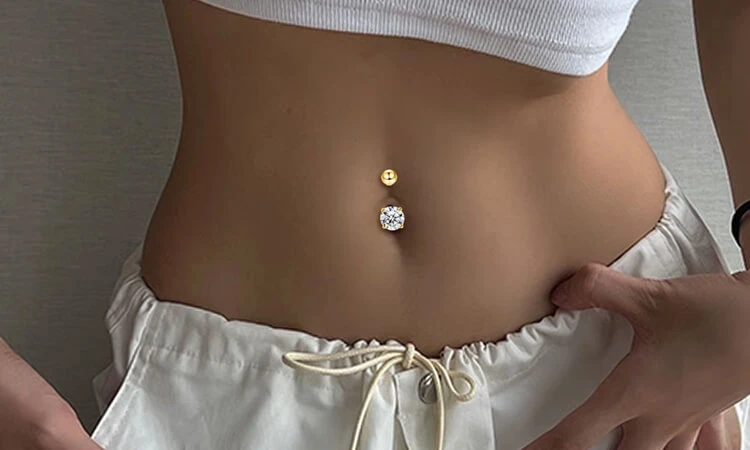
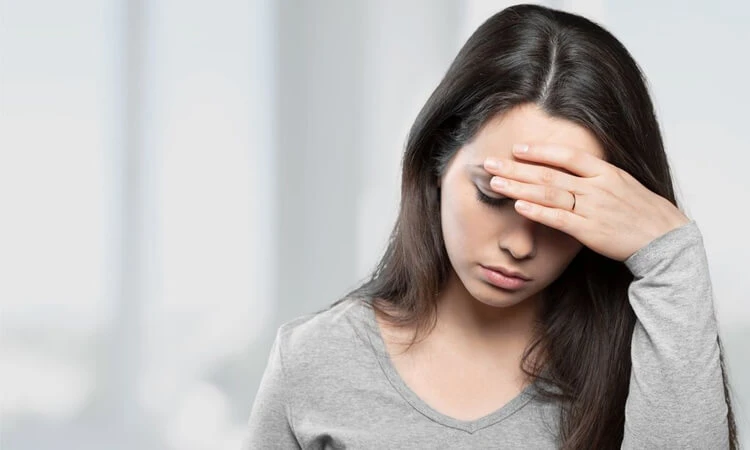
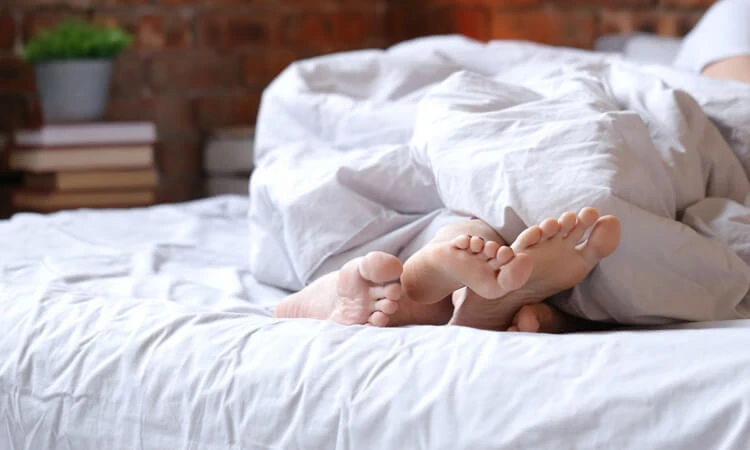



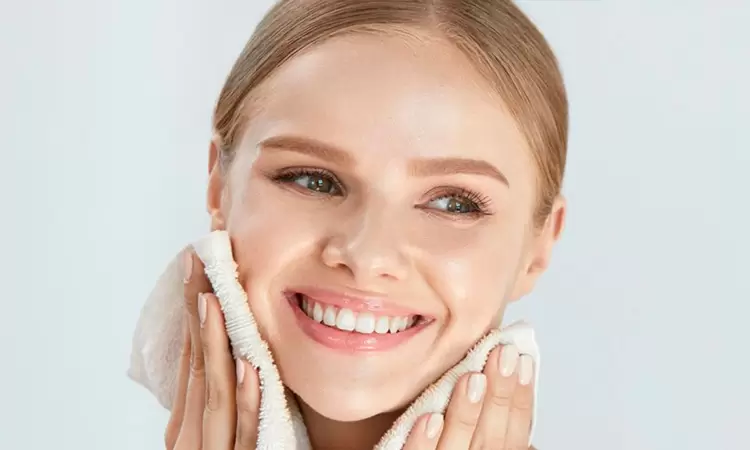



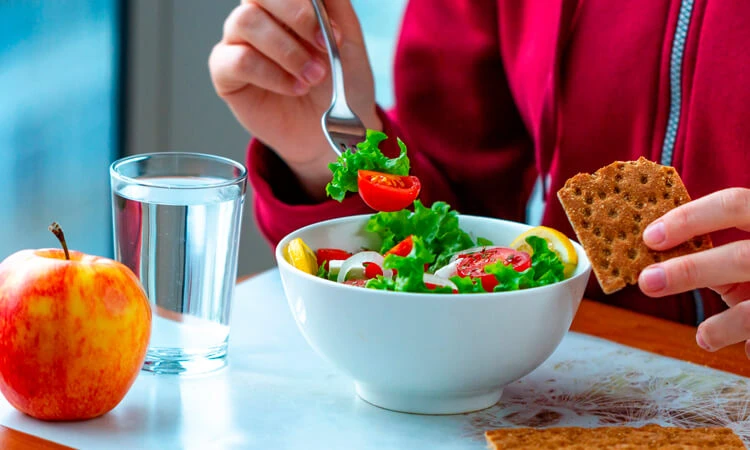
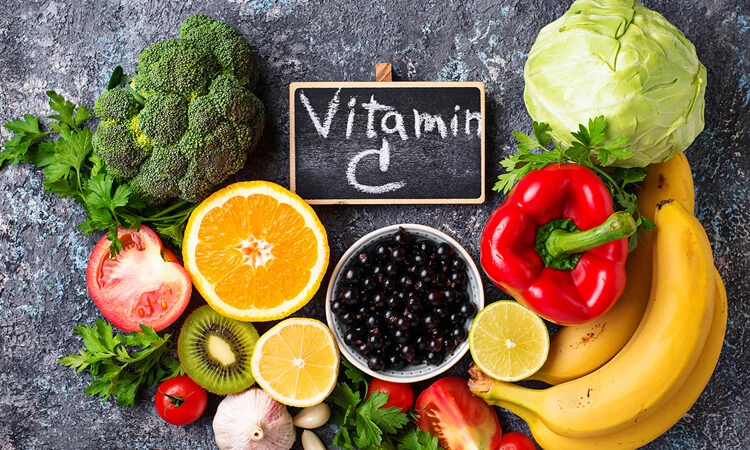
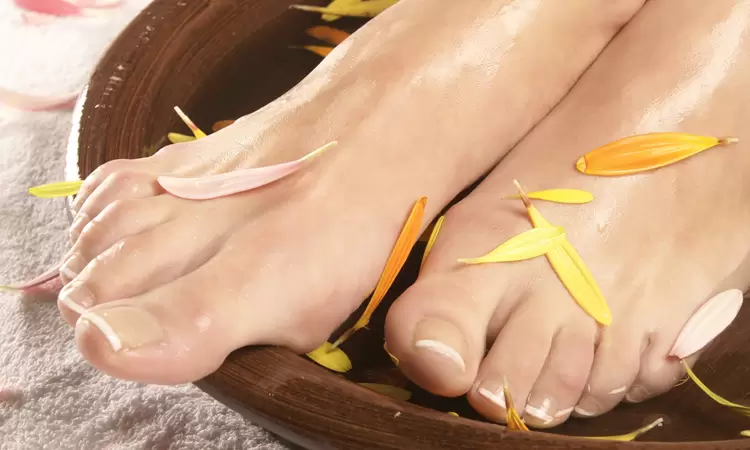
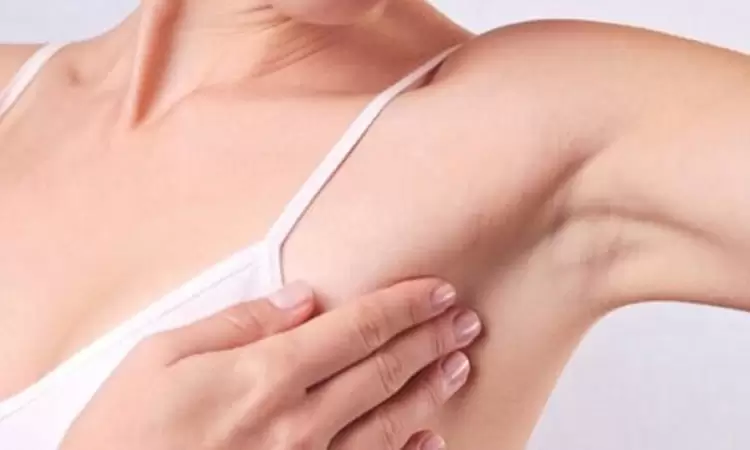
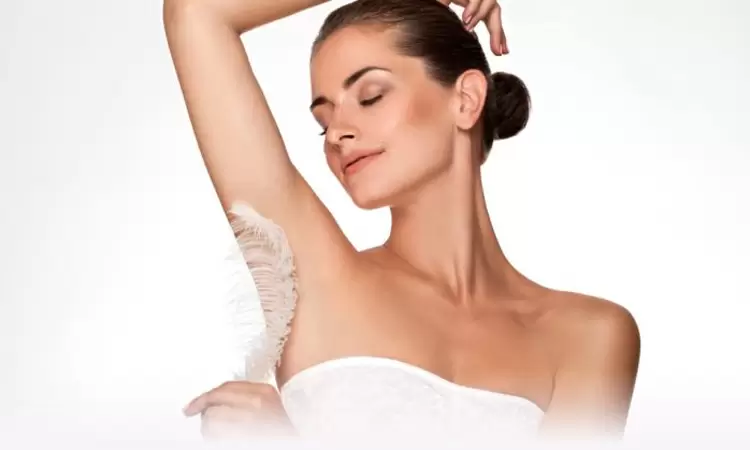
Comments (2)
5. If rosacea does not disappear, consult a dermatologist. A doctor may prescribe treatments, such as creams or oral medications, to help get rid of rosacea on the face.
1. Make sure you take good care of your skin. Use mild cleansers and moisturizers that won't irritate your skin.
2. Try to avoid stressful situations and try to spend more time outdoors.
3. Watch your diet, make sure you eat enough fruits and vegetables, and drink enough water.